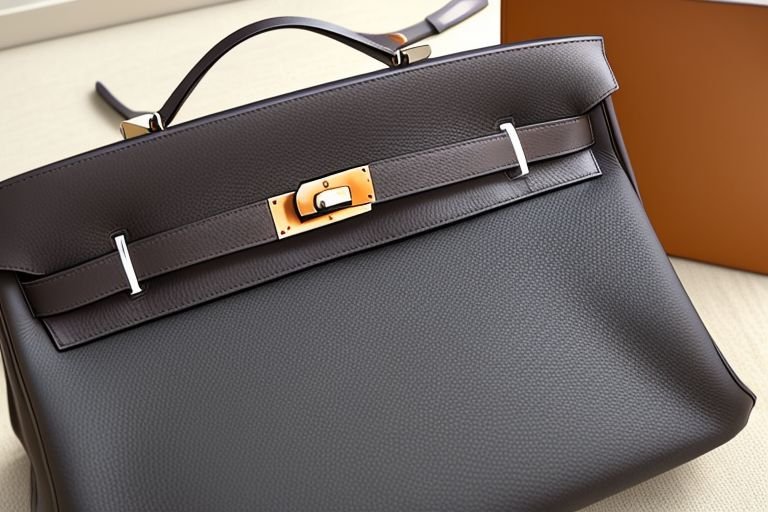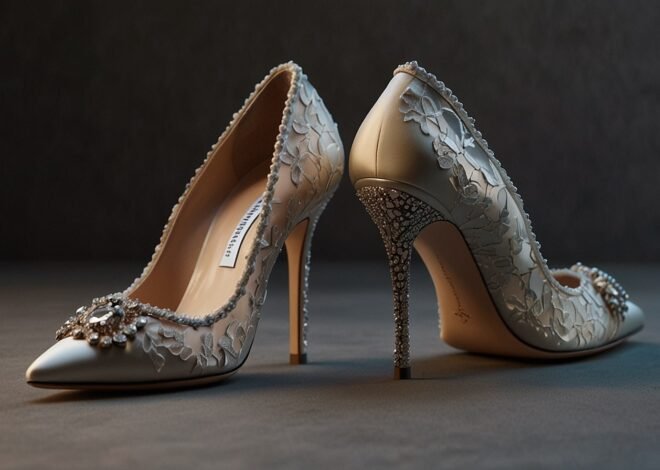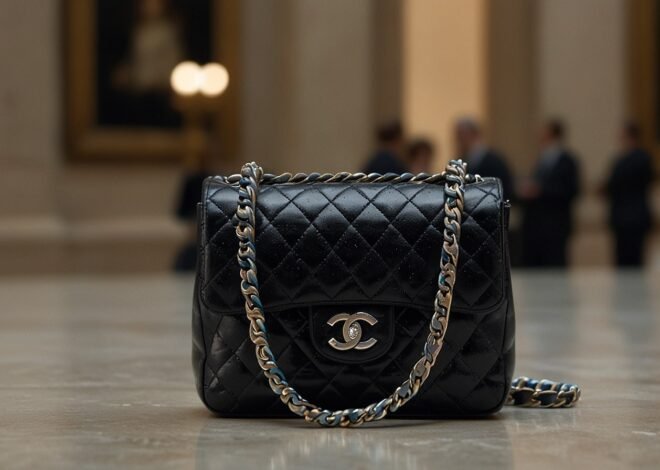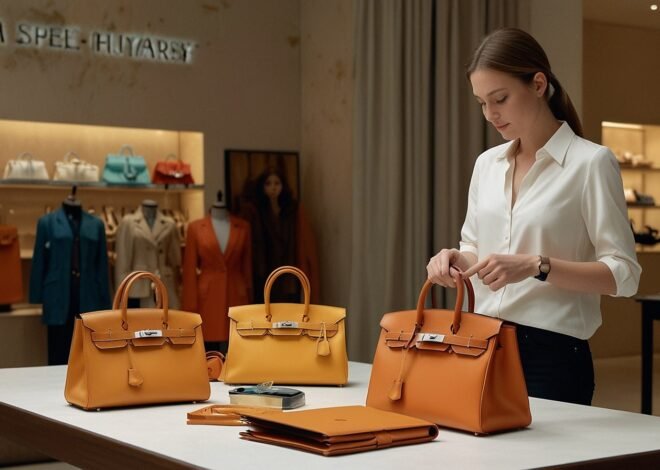
Hermès Introduces Mushroom Leather Birkin Bag For Eco-Friendly Fashion
There is not a single doubt that the recently announced launch of the first bag made from mushroom leather and made by Hermès caused a stir in the fashion community. This innovative creation, dubbed the “Mycelium Birkin,” represents a significant leap forward in sustainable luxury and signals a potential paradigm shift in the use of alternative materials in high-end fashion.
Leveraging breakthrough biotechnology at the heart of the relatively new and experimental field, the Mycelium Birkin is the fruit of a three-year partnership between Hermès and MycoWorks, a California-based biotechnology company that works mycelium-based materials. Mycelium, the root structure of mushrooms, has been acclaimed globally as the replacement for traditional leather due to aspects of its endurance, flexibility, and relative sustainability.
Up until recently, luxury purveyor Hermès, has been conservative about adapting the use of other materials in its boldly recognised product lines. It therefore goes against the norms to see Hermès plan to employ mushroom leather in making a Birkin bag hence proving that the company is keen on innovation.
The Mycelium Birkin looks similar to the conventional Birkin bag in terms of shape and size, of which the model has been identified since 1984. However, by using mushroom leather, the bag obtains a completely different look, and this is not a one-time feel; in fact, it also changes with time, as does normal leather. Hermès’ master craftspeople have worked tirelessly to ensure that the new material meets the brand’s exacting standards for durability, aesthetics, and functionality.
The Mycelium Birkin, according to the CEO of Hermès, Axel Dumas, is not about making a new product that is sustainable, but making a new luxury product. “We believe that true luxury lies in innovation, quality, and responsibility,” Dumas stated at the bag’s unveiling in Paris. “The Mycelium Birkin represents our commitment to pushing the boundaries of what’s possible in luxury while respecting our heritage and our planet.”
Not much is known regarding the creation of the Mycelium Birkin, as both Hermès and MycoWorks have been tight-lipped regarding the process by which the material was created and refined. The final outcome is not only an ecological saving, but the properties of the product’s performance characteristics, in some ways, exceed the characteristics of ordinary leather. The mushroom leather is also waterproof and scratchproof and can be dyed in almost any color to offer the same customization as with classical Birkin bags.
The luxury fashion industry has not left this new technology untouched, and many have realized the true power of this cutting-edge innovation to revolutionize luxury sustainability in the fashion industry. The environmental groups have thanked Hermès for this because they have been very daring in the reduction of the impact of luxury goods production on the environment. Mushroom leather negates or reduces animal rights issues, which are characteristic of most leathers; it consumes a minimal amount of water and has little to no carbon footprint.
However, the Mycelium Birkin collection has also stirred discussions about the future of the leather-making process and the effects it might have on craftmanship as well as on the supplying ecosystems, which are the communities that have been providing Hermès with good quality leather. The company has also been clear in pointing out that despite the shift to making more sustainable products, the company will still continue to make the normal leather products it currently makes; thus, its changes do not affect the traditional supply chain and craftsmen.
One of the issues that concerned people often discussed was the price of the Mycelium Birkin. Nonetheless, mushroom leather is cheaper to produce than traditional cattle leather; Hermès has marked up the bag at the same price as the conventional cowhide Birkin. This pricing strategy, of course, came from the brand’s perspective that the value of a product is not merely residing in the materials used, but in the designs, the craftsmanship and innovations as well.
Due to a strictly limited first launch of the Mycelium Birkin, collectors and lovers of luxury items with ecological components have developed a fever. According to the sources, lists for the bag are said to have gone on for years, with some of the clients getting to hold the fashion icon years later.
The success of the Mycelium Birkin seems to have potential implications for luxury sector as a whole. Other luxury houses will be probably be observing keenly to see how they can integrate eco-friendly material into their product offerings without having to TOTALLY alter their brands.
Nonetheless, as the fine business of fashion continues to bear pressure to step up its environmental conservation efforts, the Mycelium Birkin is one of the most daring acts seen in sustainable luxury to date. It extends possibilities for innovating the materials and designs that reject the discourse linking sustainability with extravagance.
The Mycelium Birkin also brings a lot of metaphysical questions into the foreground regarding the future of luxury as a concept and how it is going to be implemented in the future of increasing environmental consciousness. Will consumers keep in mind the share of traditional materials and techniques, or will innovations and sustainability define the exclusivity and desirability of products?
While Hermès has recently started making limited sales of the Mycelium Birkin to its select stores around the globe, luxury industry enthusiasts are considering how this groundbreaking product will be trialed in the luxury market. It will only remain to be seen whether it will be just a more specific subsector or the start of the sustainable luxury revolution. One thing remains unquestionable: the Mycelium Birkin has shown that Hermès is ready to change what luxury represents in the 21st century and, therefore, may be pointing luxury fashion in the right direction- the innovative, sustainable direction of the future.


